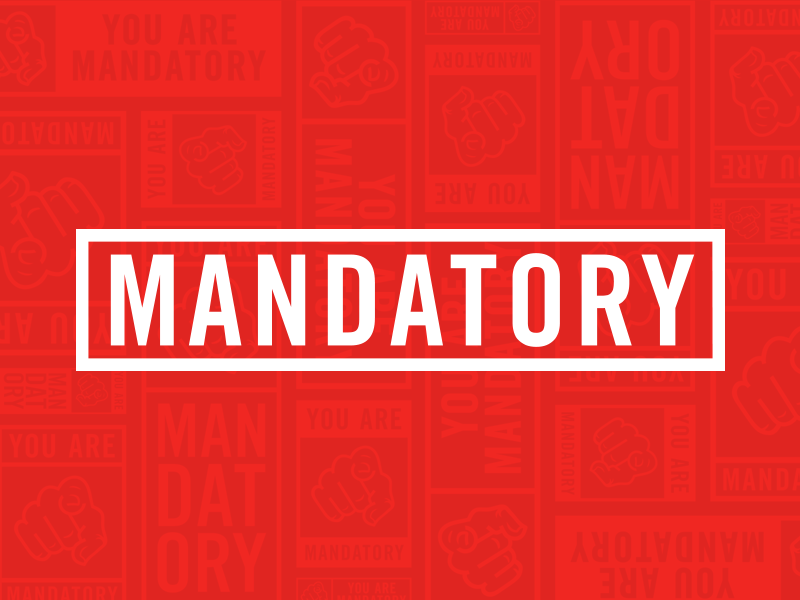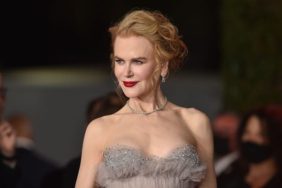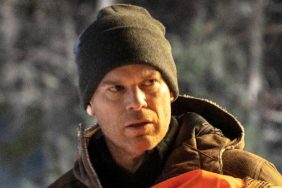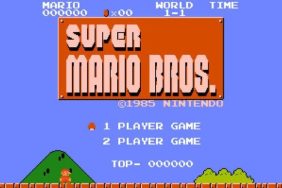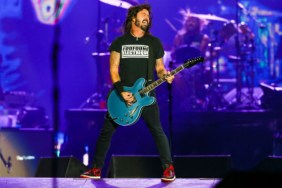Unless your head’s been stuck in a flux capacitor, you’ve undoubtedly noticed the widespread celebrations today, the date Marty McFly traveled into the future in Back To The Future 2. Sure, we don’t have hoverboards yet, and we weren’t among the lucky few to nab one of those Pepsi Perfect bottles from the movie (goddamnit!), but having grown up with visions of flying cars and self-lacing shoes, today feels quite a bit like Christmas.
In the spirit of the day, we’re looking back at ten concerts we’d definitely go back in time to catch if we had our own time-traveling DeLorean and wild-eyed mad scientist buddy to show us the way. Who’s got time to kill Hitler or find out how the pyramids were really made when there’s so much incredible music to see?!
Check out our time-traveling picks below:
Led Zeppelin – Earl’s Court, London, May 25, 1975
Led Zeppelin had reached their zenith by 1975, and were an unstoppable force of blues-demon sensuality. On a beautiful spring night just outside of London, Robert Plant, Jimmy Page and friends delivered a breathtaking set – complete with a mini-acoustic performance included – which spanned diverse sonic spectrum the band held mastery over. A twenty-song set opened with Rock and Roll, and ran through every hit imaginable from the rock icons before ending with a one-two punch of “Heartbreaker” and “Communication Breakdown”.
The Beatles – Rooftop Of Apple Offices, January 30, 1969
The Beatles’ final performance took place on the office roof of their troubled Apple venture. It was the first time John, Paul, Ringo and George had performed publicly together in nearly five years, and there was hysteria on the London streets below as they played “Get Back,” “Don’t Let Me Down,” “I’ve Got a Feeling,” and others before being stopped by the police. As they were being shut down, Lennon uttered the legendary line: ‘I’d like to say thank you on behalf of the group and ourselves, and I hope we passed the audition!’. Not long after, The Beatles’ split was confirmed.
Jimi Hendrix – Monterey Pop Festival, June 18, 1967
The iconic image of Jimi Hendrix setting his guitar on fire arose from this performance by The Jimi Hendrix Experience in the final hours of the three-day Monterey Pop Festival in California. The band’s debut LP Are You Experienced? had just been released, and this was the turning point of rock’s prominence approaching the Summer of Love. Hendrix ended the performance with a cover of the Troggs’ “Wild Thing” – after which he dry-humped his guitar, set it ablaze and smashed it to pieces. Rock was forever changed in that moment.
Woodstock Festival – Aug. 15-18, 1969
Sure, it was a massive clusterfuck of bodies, inadequate sanitation, bad acid and mud, but has there ever been a more legendary concert in the history of music? Short answer: hell no. Woodstock featured enough iconic performances to define a generation’s cultural compass over its four-day run, from Crosby, Stills & Nash to Jimi Hendtrix to Santana to The Who and so far beyond. The now-legendary bands gave their all at the hippie fest, their sounds electrifying nearly half a million people… and we’ve been trying to get back to that feeling ever since.
The Who – Live At Leeds, February 14, 1970
Widely regarded as one of the most awesome and influential live albums of all time, ‘The Who – Live At Leeds’ captures one of the most iconic bands of rock’s history at their absolute peak. When they took to the stage at the Leeds Metropolitan University in February 1970, The Who had reached the end of a massive tour in support of their massive Tommy album, and had decided to record a live album to mark its conclusion. With all pistons firing, the well-oiled touring machine delivered a staggeringly great performance, full of covers and a near 15-minute version of “My Generation”. To have been in the room, feeling that moment as it took place…
Nirvana – MTV Unplugged, November 18, 1993
Five months before a shotgun would end Kurt Cobain’s life, the Nirvana frontman guided his band through the single most remarkable performance anyone had seen from the doomed kid from Aberdeen. MTV’s Unplugged series had been running for only four years, and while the series was already known for passionate performances, Nirvana’s taping was among the most intense experiences in the show’s history.
The setlist, which omitted many of the trio’s most recognizable tracks, was packed with covers by the Meat Puppets and David Bowie, among others. Cobain requested the stage be designed to look like a funeral, a fitting precursor for what was to come. But the performance was incredibly powerful, a haunting, impossibly captivating experience that completely redefined tracks such as David Bowie’s “The Man Who Sold The World,” “Oh, Me” and “Lake Of Fire,” as well as a number of their own. But it was the finale, the ultimate goosebump inducer of “Where Did You Sleep Last Night” that sealed it, with Cobain’s cracking, gravelly vocal and howling passion at the end resonating like a tuning fork of the soul. When he pauses for a breath after the final “I’ll shiver the whole…” and before “night through,” you can see the full conviction in his eyes as he glances upward for a captivating, haunting second.
Queen – Wembley Stadium, July 12, 1986
The band was unstoppably amazing five years prior to frontman Freddie Mercury’s death, and this two-night run of shows was an apex moment in their transcendent trajectory. From an impossibly perfect rendition of “Bohemian Rhapsody” showcasing Mercury’s operatic range and ability to the jaw-dropping cover of Ricky Nelson’s “Hello Mary Lou” and beyond, those in the room for this experience undoubtedly never forgot a moment of it.
Bob Dylan – Newport Folk Festival, July 25, 1965
In 1965, Bob Dylan was a folk artist, a tremendous success with six albums to his credit and a finely-crafted voice of activism and poignant social observation. But he was an acoustic artist, with an acoustic sound, and rock music was very much a caged animal back then. Dylan played the Newport Folk Festival that year, following two tremendously well-received performances in previous years. But Dylan was entering a new zone, with the vastly different “Like A Rolling Stone” going to radio only four days prior to the festival. And when he attempted to translate these new sounds to the stage with an electric set, all hell broke loose.
From the 1986 Shelton book No Direction Home: The Life and Music of Bob Dylan:
From the moment the group swung into a rocking electric version of “Maggie’s Farm,” the Newport audience registered hostility. As the group finished “Farm,” there was some reserved applause and a flurry of boos. Someone shouted: “Bring back Cousin Emmy!”
As Dylan led his band into “Rolling Stone,” the audience grew shriller: “Play folk music! … Sell out! … This is a folk festival! … Get rid of that band!” Dylan began “It Takes a Train to Cry,” and the applause diminished as the heckling increased.
